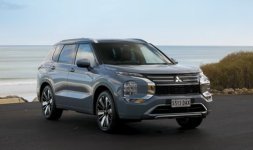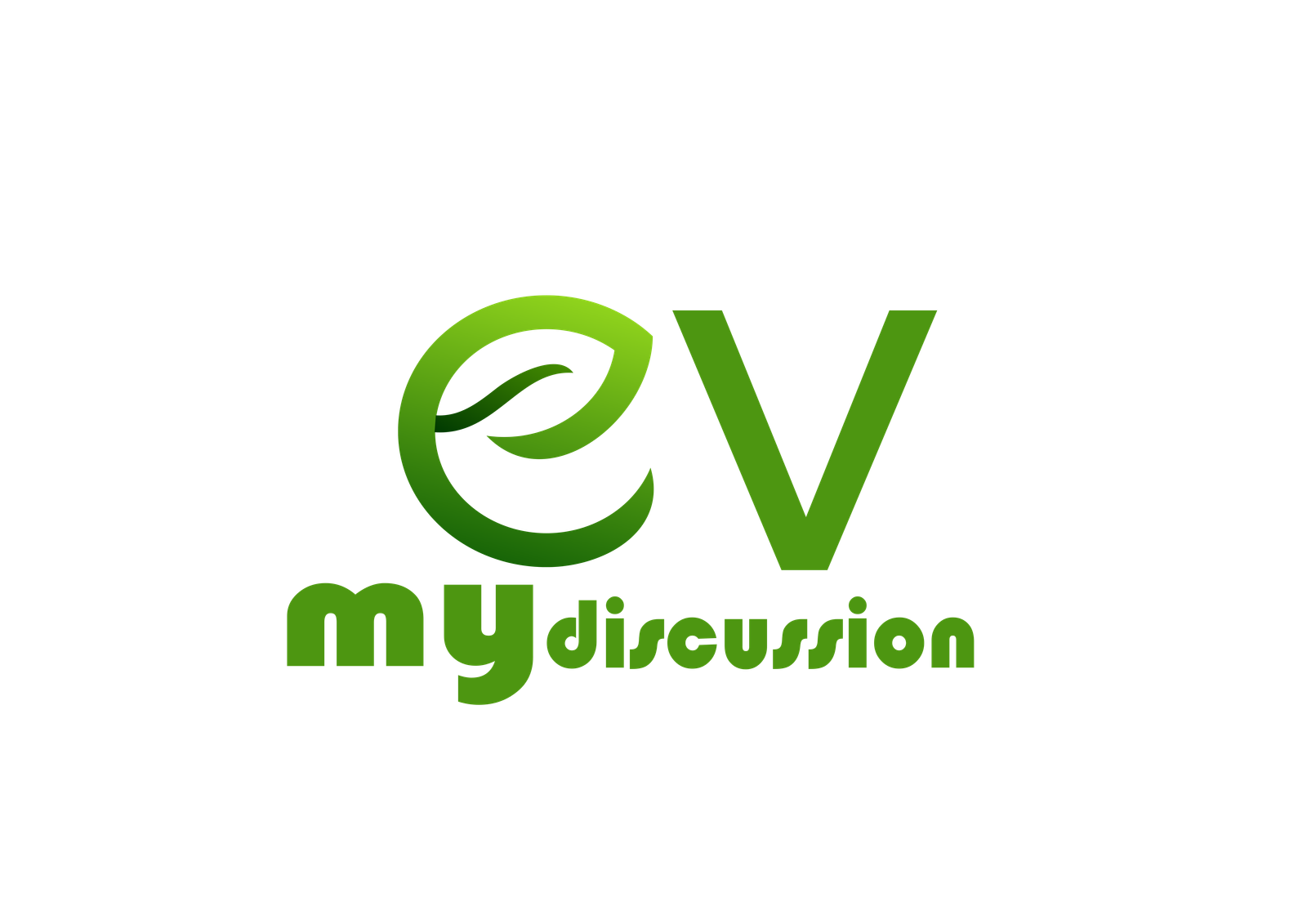 What’s Improved
What’s Improved
1. Design & Refinement
- Exterior tweaks: New grille, slimmer LED lights, smoked taillights, and fresh 18–20″ wheel options boost its style appeal
- Chassis updates: Steel hood, retuned springs, dampers, and sway bars—resulting in a quieter, more confidence-inspiring ride

2. Interior Enhancements
- Yamaha audio upgrade: Standard 8-speaker or optional 12-speaker Yamaha system with smart volume tuning and superb cabin presence
- More comfort & tech: Redesigned console with bigger storage, wireless charging, ventilated seats, 12.3″ touchscreen, digital cluster, head-up display, and digital rearview mirror
3. Ride & Handling
- Improved driving dynamics: Feedback describes less body roll, more composed cornering, and a firmer yet comfortable feel—especially praised on winding roads
- Quieter cabin: Up to ~6 dB reduction in road noise thanks to structural and insulation upgrades .
 What Didn’t Make the Cut
What Didn’t Make the Cut
- No engine upgrade: Still powered by a 2.5 L inline‑4 with 181 hp and CVT—0–60 in ~8.5 s, which feels sluggish next to segment leaders
- Third row remains tight: Space is cramped (~18 in legroom), usable only for kids or occasional adults
- Infotainment feels dated: Big 12.3″ screen, but software and navigation aesthetics lag behind competitors
 Overall Verdict
Overall Verdict
The 2025 Outlander represents a meaningful refresh—not a full redesign. Highlights include:
- A far more refined cabin with premium materials and standout sound quality.
- Improved drivers’ experience thanks to better handling, reduced road noise, and ergonomic tweaks.
- Remaining drawbacks: underwhelming performance, tight third‑row, and infotainment that could use a software overhaul.
 Should You Go for the PHEV?
Should You Go for the PHEV?
The plug-in hybrid offers ~38 miles EV range, quicker acceleration (~6.5 s 0–60), and future upgrades in comfort tech . If your priority is propulsion performance or regular EV use, the PHEV is a more well-rounded pick.
